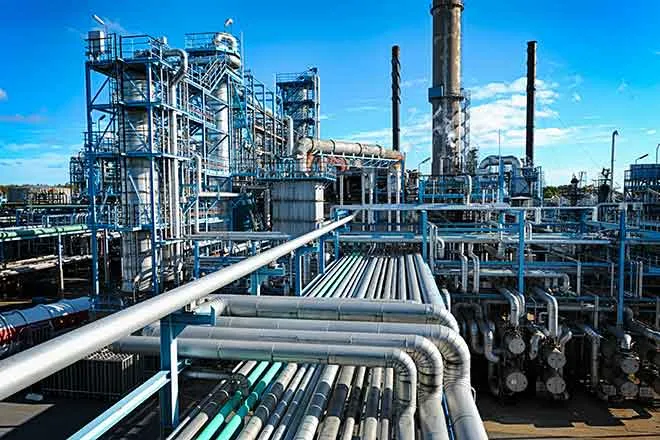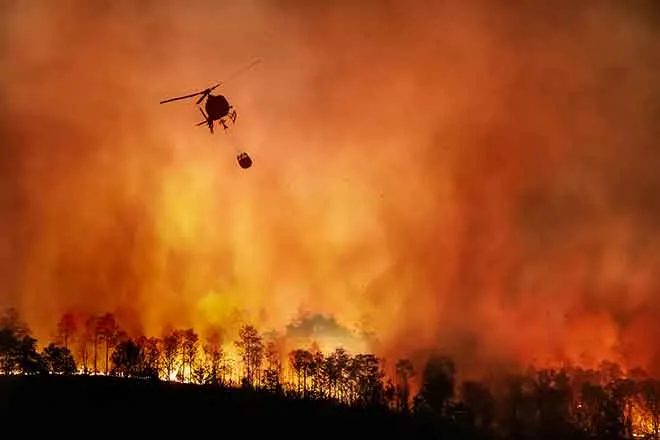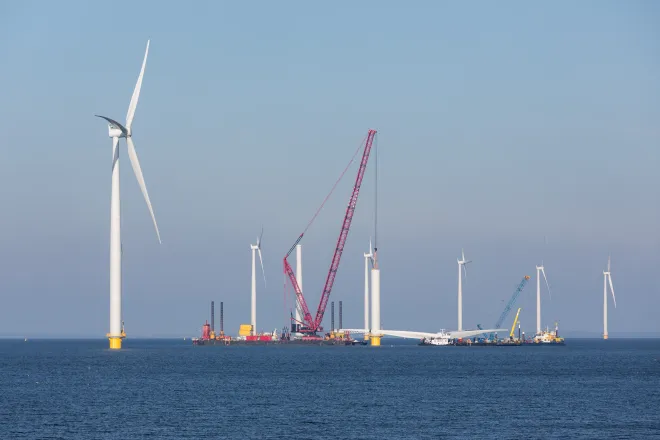
EarthTalk - Why are mangroves so important to the ecology of coastal areas?
©
Dear EarthTalk:
How are mangroves around the world doing these days and why are they so important to the ecology of coastal areas?
P.L., via email
Mangroves are trees and shrubs that grow along tropical and subtropical coastlines. They’re extremely important. While often mistaken for swampy or unremarkable vegetation, they play an important role in coastal ecosystems. Additionally, they provide numerous environmental benefits.
So, how are they doing these days? The outlook is concerning. Some mangroves are relatively stable, but many are declining. According to the UN Environment Programme (UNEP), we’ve already lost around 20 percent of the world’s mangroves since the 1980s. It’s not like they’re all disappearing overnight, but they’re slowly getting chopped down, damaged, or just dying. A lot of this is because of farming, building resorts, or just climate stuff in general.
A major factor contributing to this decline is climate change. Climate cycles known as El Niño and La Niña have a significant impact on regional weather patterns and can stress mangrove ecosystems. A recent Environmental News Network article reported on a study showing how these climate swings can cause uneasiness. Some examples of uneasiness include extreme low tides, heat and drought that just wipes out huge sections of mangrove forest. During the 2015–2016 El Niño, thousands of hectares of mangroves died in places like Australia and Ecuador. The trees couldn’t handle the stress.
Also, when mangroves get cut down for shrimp farms or tourist development, they lose ground. And once they’re gone, it’s hard to bring them back. Pollution from runoff or plastics doesn’t help either. It builds up and slowly chokes the ecosystem, hurting not just the trees but the fish, crabs and birds, too.
It’s not all doom and gloom. Some places are stepping up to protect mangroves. In Indonesia, local communities work with nonprofits to replant mangroves. And in Florida, groups are restoring damaged wetlands to help mangroves thrive again. UNEP says mangroves might store three–to-five times more carbon than regular forests.
Mangroves aren’t just coastal plants. But they also protect against storms, save beaches from washing away, and support entire ecosystems. They even help fight climate change. They even help fight climate change. “The ocean must play a critical role in helping the world counter the climate crisis,” says As Leticia Carvalho, head of UNEP’s Marine and Freshwater Branch. As sea levels rise and coastal regions face increasing risks, preserving mangroves becomes even more urgent.
CONTACTS
- Mangroves: Nature's resilient coastal guardians, https://www.oneearth.org/what-are-mangroves/.
EarthTalk® is produced by Roddy Scheer & Doug Moss for the 501(c)3 nonprofit EarthTalk. See more athttps://emagazine.com. To donate, visit https://earthtalk.org. Send questions to: question@earthtalk.org.

















